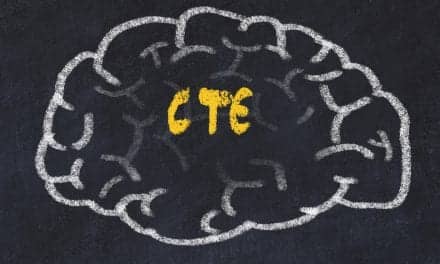With fall sports on the horizon, preseason testing of student athletes is beginning for many physical therapy practices. As research shines a spotlight on the potential long-term impact of concussion in sports, the importance of objective assessment in the management of concussion has become vital.
A decreased ability to maintain postural sway is one of the hallmark signs of concussion, which often persists after cognitive symptoms subside. That’s where baseline measurement of postural sway plays an important role.
“At a minimum, the baseline assessment should consist of the use of a symptoms checklist and standardized cognitive and balance assessment.”
— 2013-2014 NCAA Sports Medicine Handbook
Large negative effects in postural sway are often identified at both immediate and follow-up assessment points following a concussion. Comparing these results to an athlete’s preseason baseline balance results lets you gain a deeper understanding into where the athlete stands in his or her recovery.
In fact, research has shown that balance assessment, in combination with cognitive testing and a graded symptoms checklist, increases overall sensitivity to greater than 90%.
— Broglio et al. Neurosurgery, 2007
Building awareness about the technology used to measure postural sway is the first step to introducing a successful concussion management program into your practice.
Biodex Concussion Resource Center
Access a library of research and resources to help you expand your practice to support safer return-to-play.





